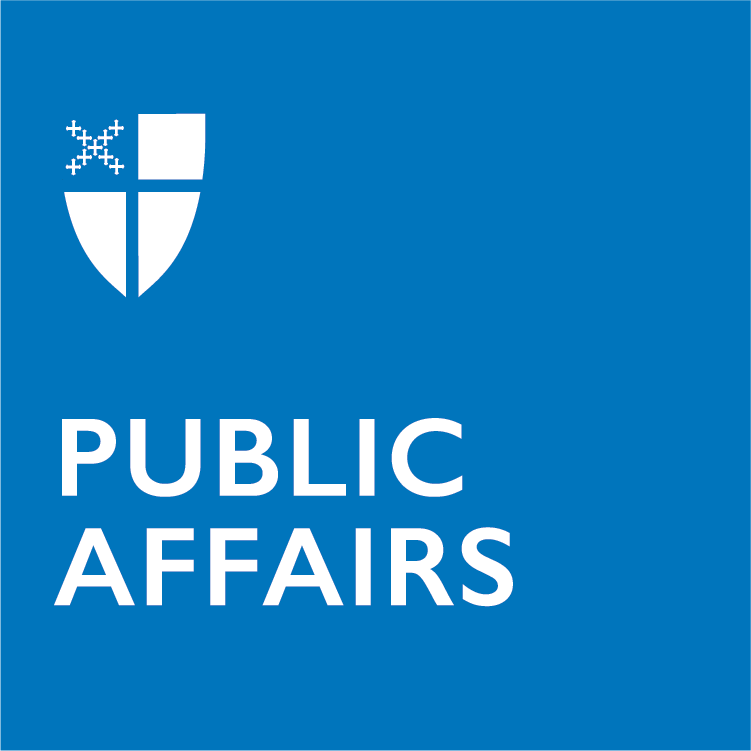Language around gender and sexuality continues to evolve. With minor exceptions, we follow the guidance of the Associated Press style team, which also consults with the following groups: NLGJA: The Association of LGBTQ+ Journalists; the Trans Journalist Association; and GLAAD. As a guiding principle, seek to respect individuals’ dignity—ask their input and preference when there is a question.
- cisgender: A cisgender person is someone living with the gender identity they were assigned at birth.
- female / woman, women: While female (and male) are generally used as adjectives, be aware of nuance with the use of “female” as a descriptor for women. As the AP Stylebook notes, “it can be seen as emphasizing biology and reproductive capacity over gender identity” and can “sometimes carry misogynistic tones.” For those reasons, the use of “woman” or “women” as an adjective is becoming more common. Kamala Harris is the country’s first woman vice president.
- gender / sex: Gender refers to someone’s social identity; sex refers to biological characteristics. The terms are not synonymous. Avoid references to both sexes, opposite sexes, or either sex when seeking to reference all people. See also gender-neutral language, inclusive-language options below.
- gender-neutral language: In general, use terms that can apply to any gender. Chair or chairperson,councilperson or council member, spokesperson, firefighter, police officer, hero, host. See also inclusive-language options below.
- gender-nonconforming: This adjective is acceptable when referring broadly to people who don’t conform to mainstream gender expectations. The club was organized for gender-nonconforming students. If referring to an individual, seek to be specific about how that person identifies themself.
- genderqueer (adj.): One word; an identity description for those whose gender expression does not follow norms.
- inclusive-language options: Some alternatives to referring to people as “brothers and sisters,” “men and women,” “husbands and wives”: brothers and sisters and siblings; husbands and wives and partners; men and women and transgender and nonbinary people; siblings; family; kin; spouse; people. See also gender-neutral language, MCC Inclusive Language Guidelines
- LGBTQ+: This acronym is acceptable in all references for “lesbian, gay, bisexual, transgender, and queer and/or questioning,” plus other sexual and gender minorities. It is best used as a collective adjective: The webinar focused on the experiences of LGBTQ+ people in the church. Some groups include additional letters, such as I (intersex) and A (typically, asexual).
- nonbinary: Refers to those whose gender identity is not strictly male or female.
- Pride / pride: Capitalize in reference to organizations or events honoring LGBTQ+ communities; lowercase for generic events or general concept of LGBTQ+ pride. River City Pride. “Are you going to Pride?” he asked. It’s Pride day. Several towns are holding Pride events this week. We plan to attend a gay pride parade.
- pronouns: Do not assume “he/him” or “she/her” when referring to someone. When possible, check with a person on their pronoun usage (some people include their pronouns in their email signatures). “They/them” is acceptable as a gender-neutral pronoun in cases where other wording would be awkward, though rewording (or using the person’s name) to avoid confusion is recommended. If “they/them” is used, explain that the person uses a gender-neutral pronoun, if the context isn’t clear. Morales, who uses the pronoun they, said they will leave the company this summer. Morales, whose pronouns are they/them, said they will leave this summer.
- queer: This term covers people who are not heterosexual or cisgender and is acceptable for people or organizations who use it to identify themselves.
- same-sex marriage: This term is preferred over “gay marriage.” Where same-sex marriage is legal, there is no need to distinguish it from “marriage” unless germane to the context. John Smith and Ryan Garcia celebrated their marriage with church friends last week. The new bill would extend benefits for same-sex marriages.
- transgender: Use as an adjective (not noun) describing those whose gender identity differs from the one assigned at birth. Only use if pertinent to the context; and refer to the person by the name they use publicly. Trans is acceptable on second reference. The Rev. Robert Smith is a transgender man. Canon Sally Smith is a transgender woman.
- Two-Spirit: This adjective is used by some Indigenous and First Nations people to describe people who are not straight and/or cisgender. This term should not be used to describe people who are not Indigenous; only use it for an Indigenous person if they use it to describe themselves. (Source: GLAAD Media Reference Guide 11thEdition) (Note: The AP Stylebook does not yet have guidance on this term; it notes that AP stories use “two-spirit,” lowercase, only as modifier, not a noun.)
